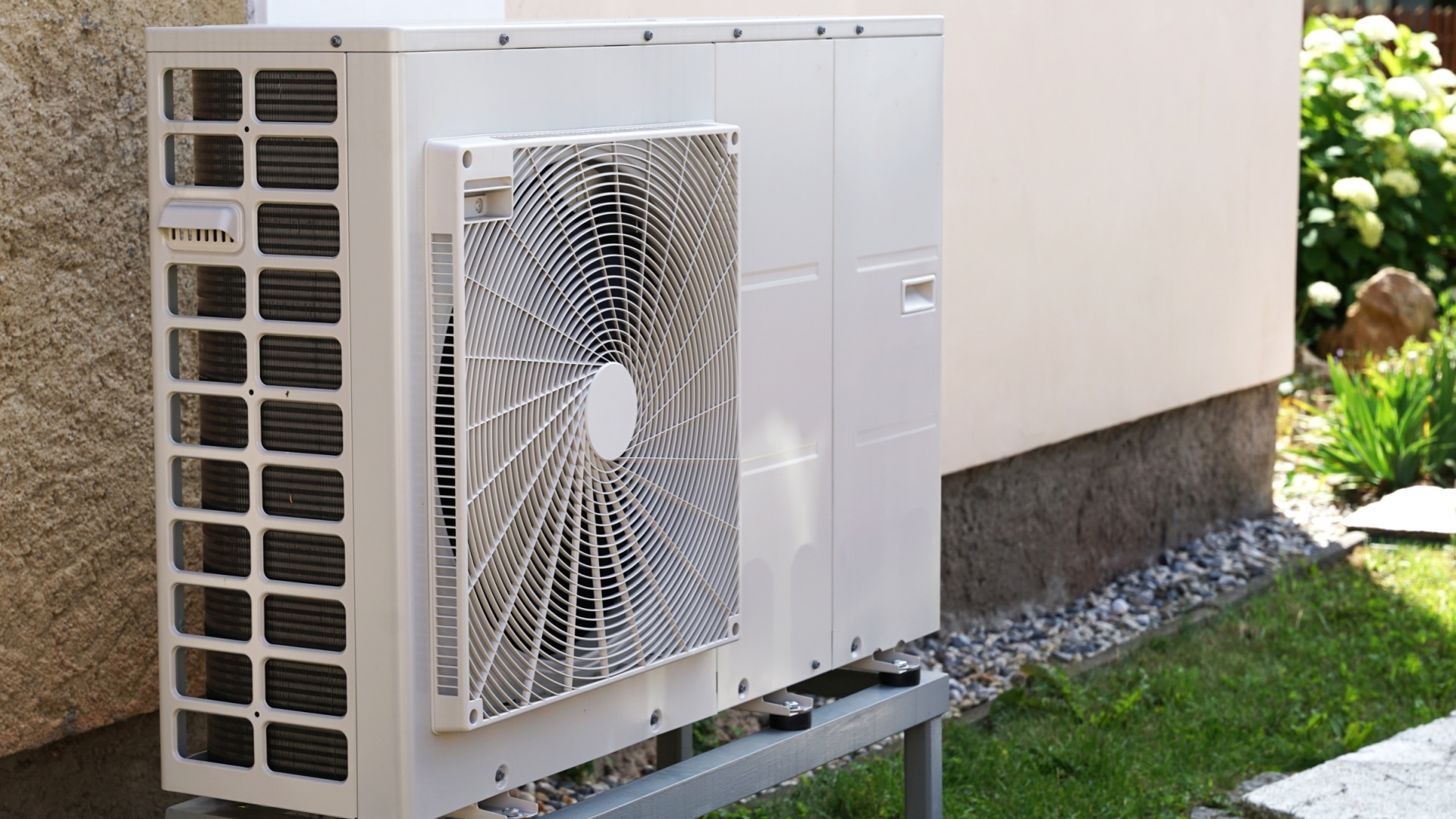AIR SOURCE HEAT PUMPS
If you’ve installed an air source heat pump, it’s important to know how to use and maintain your system so it runs as efficiently as possible. This is especially important during shoulder seasons — that is, in the spring and fall — when temperatures can change drastically day-to-day (or even hour-to-hour!).
Here are some ways to use your air source heat pump as efficiently as possible:
SET IT & FORGET IT
Heat pumps work best and use less energy when they maintain a steady temperature. If you turn yours down when you’re away from home, it can end up using more energy than if you left it at the temperature you usually use. This is different than the advice you typically hear for natural gas heating systems, which suggests turning the temperature down during heating season when you’re away from home; air source heat pumps work harder to reach the set temperature than they do when you keep the system at a consistent temperature. It’s a good idea to pick a temperature that’s comfortable for you and avoid adjusting it when possible.
AVOID “AUTO” MODE
In “auto” mode, air source heat pumps keep a steady temperature by switching between heating and cooling depending on the temperature outside (and in your home). This can cause your system to turn on cooling mode by accident during a sunny winter day or turn on the heat during a cool summer night, making it run more than necessary. To prevent your air conditioning from turning on by mistake in the winter, set your system to “heat mode” for the season. In the summer, do the opposite and set your system to “cool mode.”
SCHEDULE REGULAR MAINTENACE & INSPECTIONS
Maintaining your air source heat pump ensures it works efficiently, saving you energy and money. You should schedule maintenance every year or two, but be sure to check your system’s user guide to know what’s best for your system. It’s also a good idea to book a maintenance appointment with your installer during the opposite season from when your system was installed. For example, if your system was installed in the summer, get your maintenance done in the winter. This ensures your system works efficiently for both seasons and keeps you comfortable whether it’s in heating or cooling mode.
CHANGE OR REPLACE YOUR FILTERS
Heat pumps will run most efficiently when the dust filters are clean and clear of dust or debris. Changing or replacing your filters regularly improves the efficiency of your system and the indoor air quality of your home. How often you need to change or replace your filters depends on how often you use your heat pump and how much dust accumulates over time. However, changing them with the change in the season — about four times a year — makes the task easy to remember.
KEEP YOUR VENTS & UNIT CLEAR
Check both the indoor vents and the outdoor unit often to make sure they have sufficient airflow. Keep the space around the vents clear of furniture or curtains and clear any snow or leaves from around the outdoor unit. This will ensure your unit has proper airflow and doesn’t need to work harder than necessary to circulate air through the system.
Following these tips will help keep your air source heat pump running as effectively and efficiently as possible, helping to save you energy and money.
If you don’t have an air source heat pump and are considering an upgrade, check out our air source heat pump rebates!
Check out the rest of our articles in our heat pump series.

